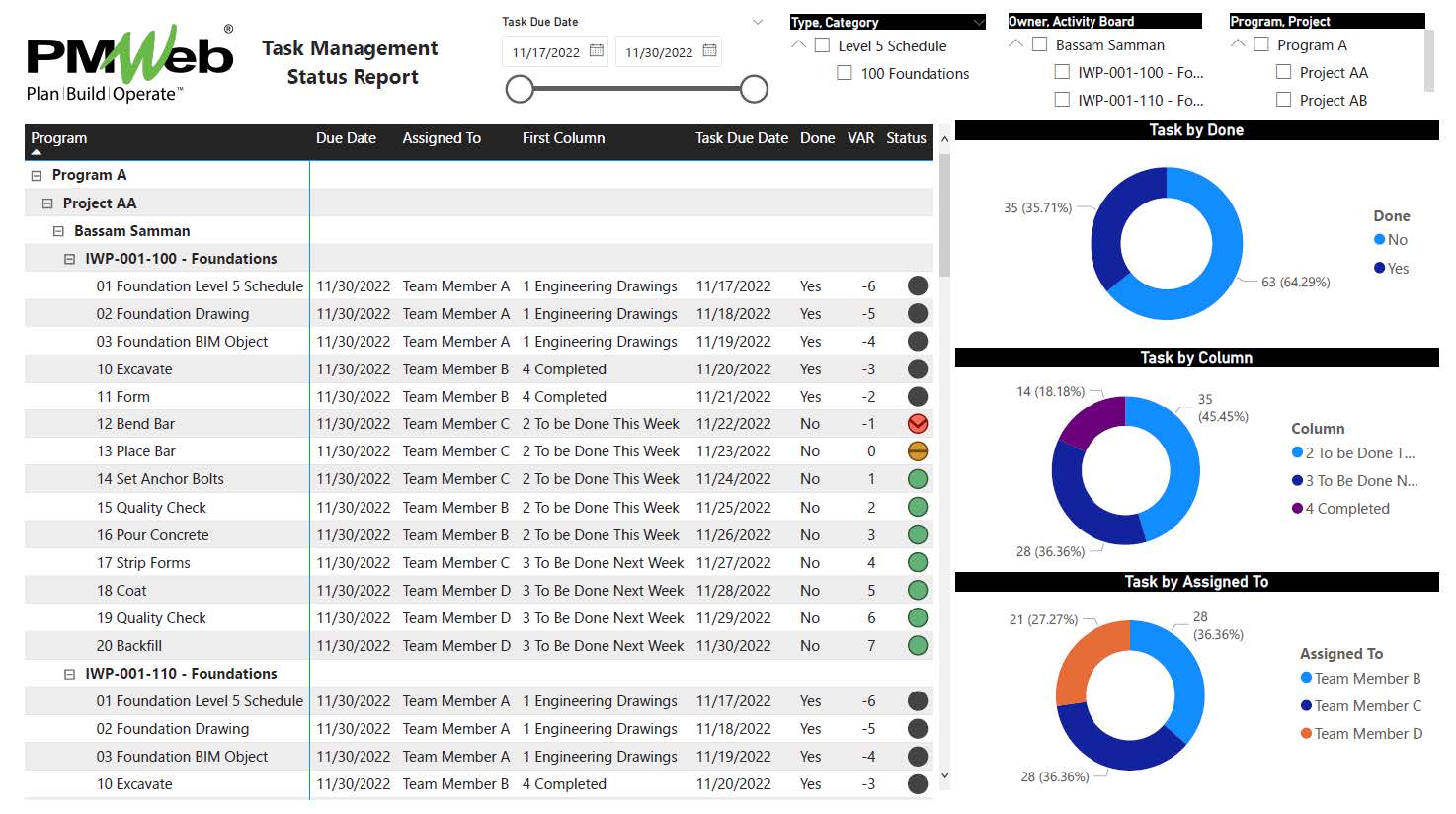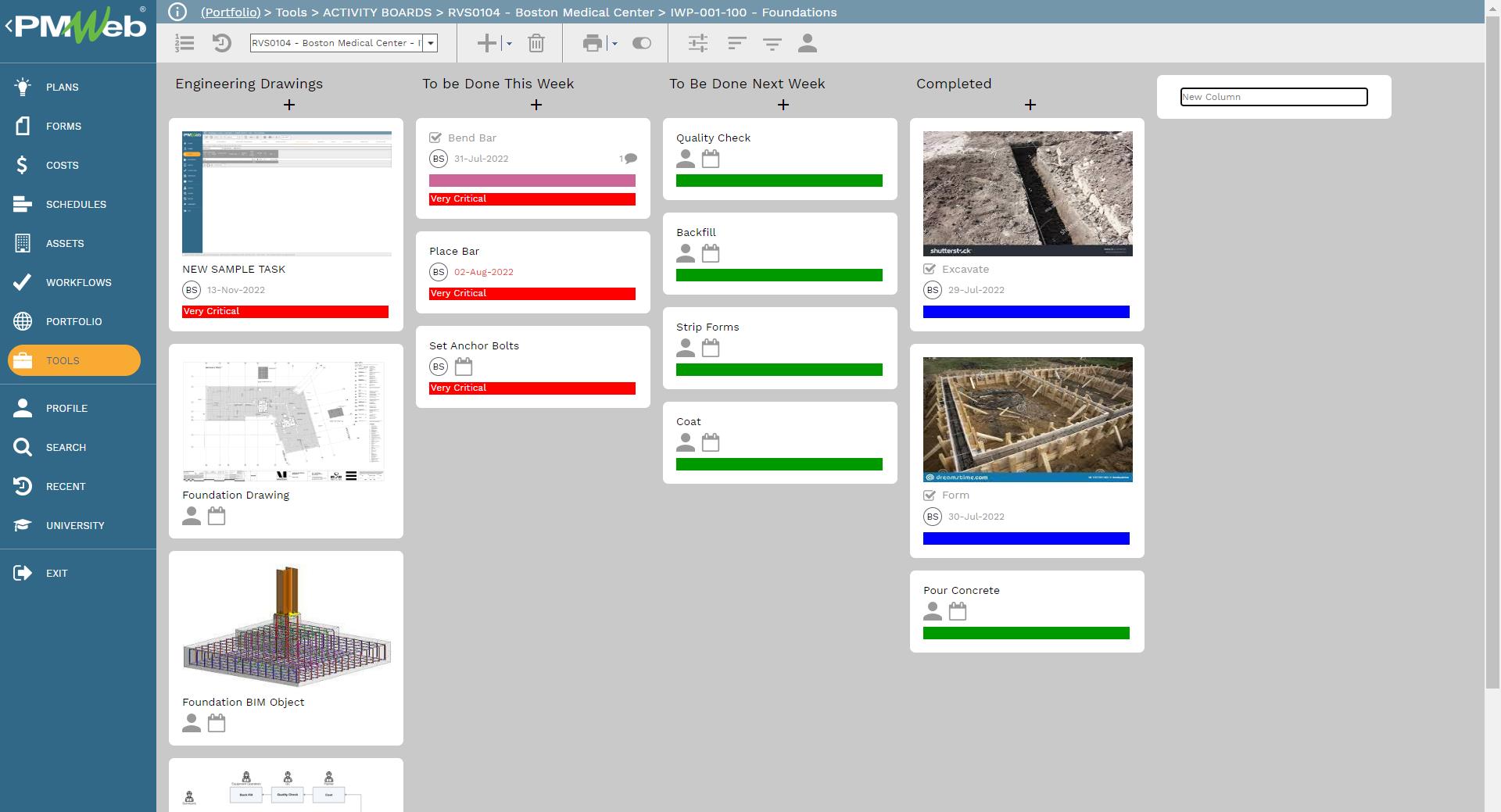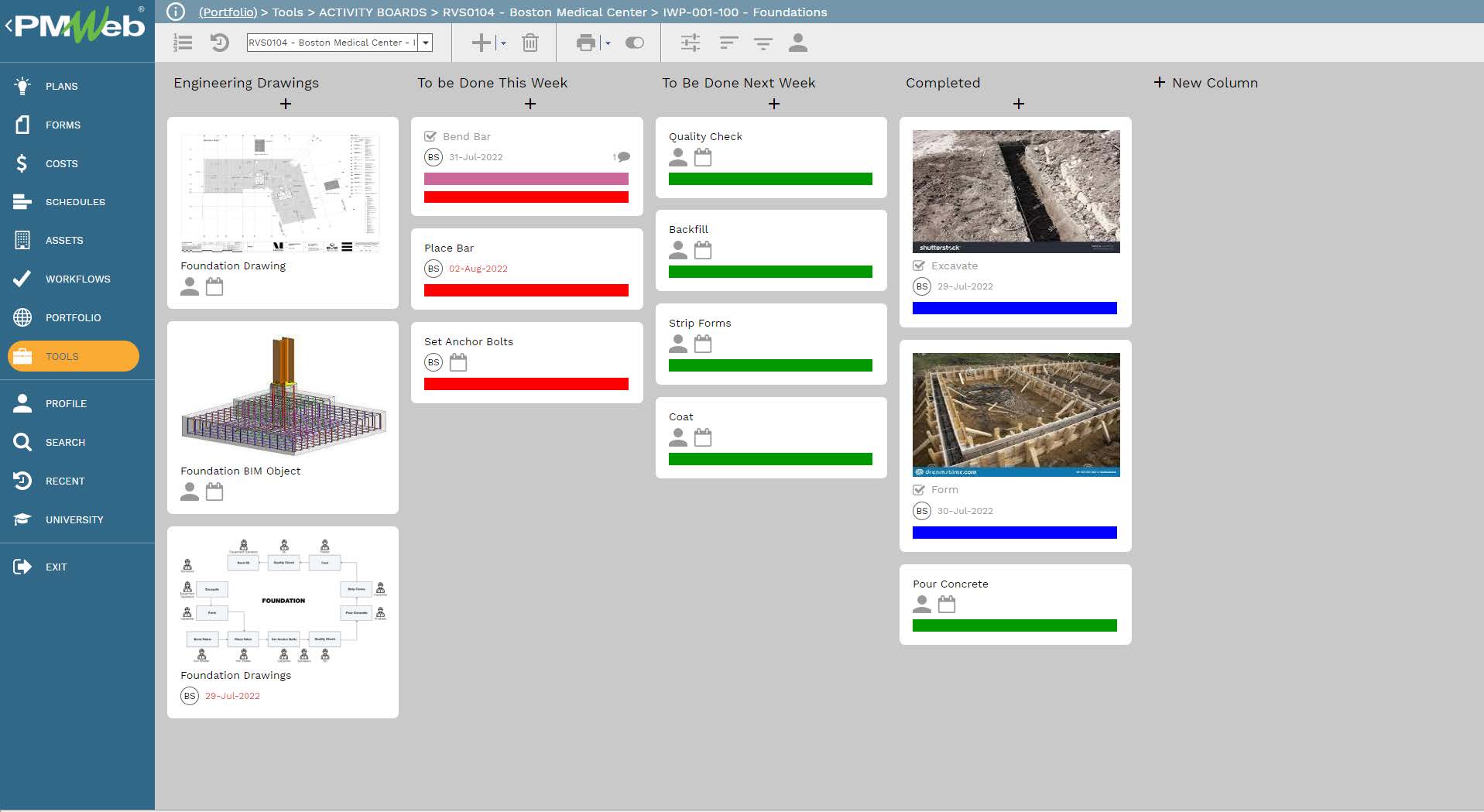Using a Project Management Information System (PMIS) on construction projects ensures that processes needed to manage the project delivery are digitalized to enforce the much-needed transparency, accountability, and insight for real-time information needed for better, faster, and more accurate decisions. This will be achieved by having the input templates that allow attaching all related documents, linking relevant records and emails, and processing workflows with the approval authority levels as per the delegation of authority (DoA) matrix set for each project. This enables the system to automatically generate the output forms needed to formally communicate those processes.

Nevertheless, one cannot ignore the need for an agile ad-hoc collaboration needed to enable the project team members to jointly work on managing the execution of the many deliverables that exist on a construction project. For example, those could be developing the project’s budget, project charter, scope of work, responsibility assignment matrix, permitting authorities approvals and permits, claim submissions, and many others. In addition, ad-hoc collaboration is needed when it comes to executing the project schedule activities which are usually developed in the Level 4 Execution Schedule, also called Project Working Level Schedule, rather than the Level 5 Detailed Schedule. The Level 5 schedules are temporary documents based on the ‘look-ahead’ schedule and are used to manage daily work within an area in the project.

That is why an agile ad-hock collaboration should be part of a PMIS to ensure that all information is captured and integrated on the same platform. For example, the PMWeb Activity Board module allows project team members to create their own boards where they can invite other project team members to collaborate on what is being shared.

The Activity Board Owner can configure how the tasks on the board will be grouped by defining those columns. For example, if the board was used for the Detailed Schedule Level 5 tasks, the activity board which will be created for each Installation Work Package (IWP), four columns or groups will be created. Those include engineering drawings, tasks to be done this week, tasks to be done next week, and completed tasks. Initially, all construction tasks will be added to the “tasks to be done this week” group or column.

The Activity Board Owner and other team members can add all the tasks needed to complete the IWP. For each task, the task name, description, assigned to, and due date will be added. In addition, relevant documents will be attached as well as links to other relevant PMWeb records.

As the work progresses, the project team member will add comments to each task, detail the task into subtasks, flag the task based on the color code categories defined on the activity board, like comments that were made, as well as attach more documents and link more records.

In addition, tasks that were completed will be dragged and dropped into the Completed Tasks group or column. The same will apply to other tasks that need to be relocated from the group of “Tasks to be done next week” to the group “Tasks to be done this week”.




